Let’s play a game.
I’m going to present a scenario I used once before -- let’s say I’m sitting in front of you, with two objects in my pockets. I take out both objects and show them to you. One object is a sex education film, the other's a porn film.
What's the essential difference between these objects? They’re both about sex, they’re both low budget, and most people don’t mention either in polite conversation.
The difference is the point each film makes. A sex education film shows how humans sexually relate to each other and argues humans should pursue healthy relationships. A porn film shows a fantasized version of sex and promotes unhealthy relationships.
In other words, the devil’s in the details, not the subject itself.
This principle is also true of art (books, music, any entertainment traditionally viewed as art). While questionable content is sometimes thrown in for no reason, many art pieces portray violence, and other evils without actually promoting them.
Too often, Christian entertainment doesn’t understand this principle. Rather, Christian entertainment seems to assume that any time art portrays evil, it’s praising that evil.
Multiple people have criticized Christian films for simplistic plots where problems get solved easily and no one struggles.
Steve Turner commented in his book “Imagine” that Contemporary Christian Music routinely describes the happy, victorious spiritual moments but rarely the moments of spiritual struggle.
Author Simon Morden noted in a 2005 speech that publishing houses which release Christian Fiction novels have strict guidelines barring “bad language, out-of-marriage sexual situations, the consumption of alcohol and other recreational drugs… Violence must be treated very carefully -- they would rather it happens off-page than on.”
Morden also pointed out it’s extremely hard to write modern-day characters or situations under those guidelines.
This all raises the question where the misconception about evil came from originally.
On one level, the answer is simply that Christian entertainment is marketed to Protestant evangelicals, and many Protestant evangelicals prioritize comfort above living mature Christian lives. Making art that doesn’t deal with real-world issues feeds that desire and has helped Protestant evangelicals build a sub-culture where they don’t have to interact with the real world.
On another level, this misconception is a classic one Protestants have made in the past.
Turner noted that while the Protestant Reformation benefitted some artists, some early Protestants made a point to criticize specific art forms. The Puritan movement attacked stage plays, claiming among other things that stage plays were immoral since stage performers often acted out immoral actions. In other words, plays promoted evil because they portrayed evil.
What makes this misconception particularly foolish is other denominations have clearly benefitted by ignoring it. Protestant evangelicals might be excused if other Christian groups avoided depicting evil in art. But there is actually a long tradition of Christian art that depicts evil, still going on today.
Catholicism has a long history of such art -- in fact, Catholicism seems to actually equip artists to discuss pain and evil in their work.
Writer Mark Millar drew attention to this in a 2009 interview by “The Scotsman.” “I was talking to Mel Gibson," Millar said, “About [his film] The Passion, which was called the pornography of violence. It didn't seem violent to us because we grew up with the stations of the cross." Millar and Gibson both attended Catholic school, which introduced them to artwork showing Jesus' crucifixion.
Filmmaker Scott Derrickson (who recently directed “Doctor Strange”) commented on dark Catholic art in 2005. Derrickson noted that American evangelicalism has largely abandoned gothic imagery, which blends darkness with beauty and meaning, while Catholic artwork like Dante’s “Inferno” and church gargoyles embraced that aesthetic.
Many modern Catholic writers have continued that tradition of blending darkness with light. Flannery O’Connor’s acclaimed stories are often described as “southern gothic.” William Peter Blatty wrote about demons in modern-day America fifteen years before Frank Peretti did in “This Present Darkness.” Dean Koontz’s bestselling thriller novels sometimes have horror elements.
By ignoring evil, Christian entertainment has placed artists in a difficult place. Artists who naturally create family-friendly work survive and thrive. Other artists must either work against their strengths or play to those strengths and be viewed as “not really Christian.” A few, such as Ted Dekker, may beat the system, but still face an uphill battle which shouldn't be faced in the first place.

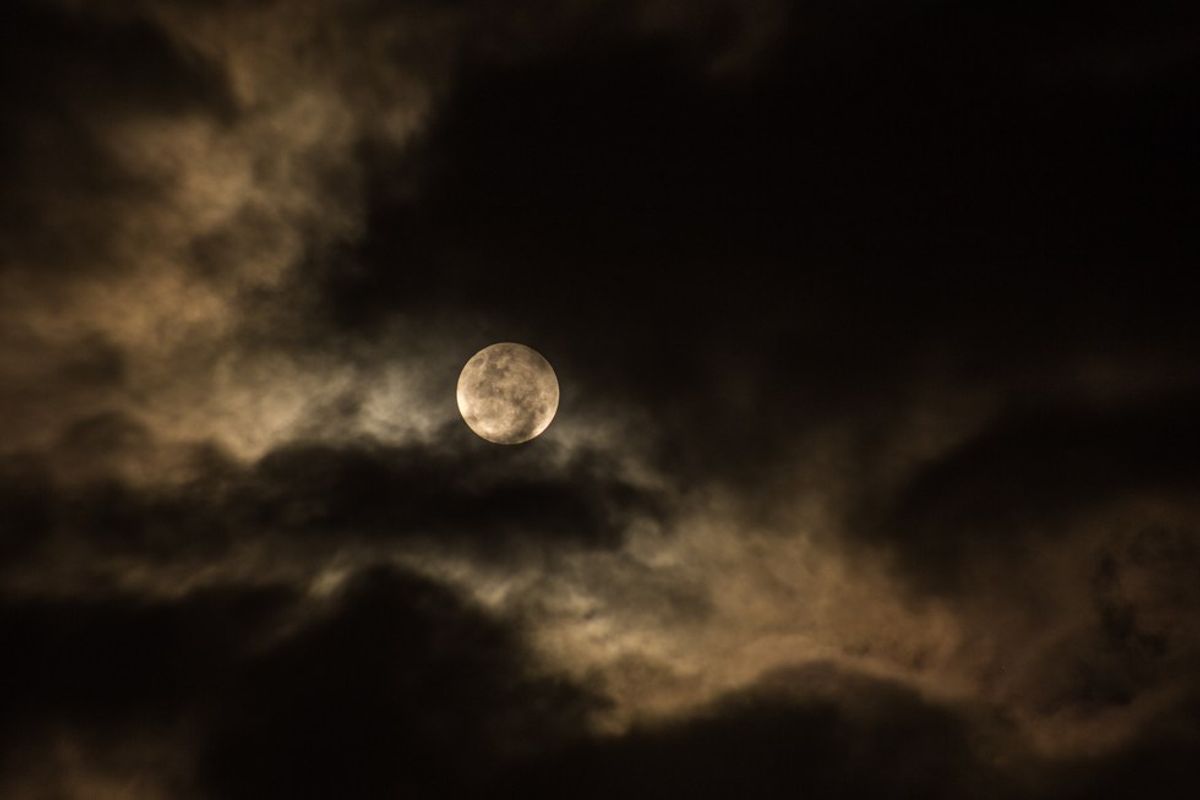

 Photo by
Photo by  Photo by
Photo by  Photo by
Photo by  Photo by
Photo by 


 people sitting on chair in front of computer
people sitting on chair in front of computer



 all stars lol GIF by Lifetime
all stars lol GIF by Lifetime two women talking while looking at laptop computerPhoto by
two women talking while looking at laptop computerPhoto by  shallow focus photography of two boys doing wacky facesPhoto by
shallow focus photography of two boys doing wacky facesPhoto by  happy birthday balloons with happy birthday textPhoto by
happy birthday balloons with happy birthday textPhoto by 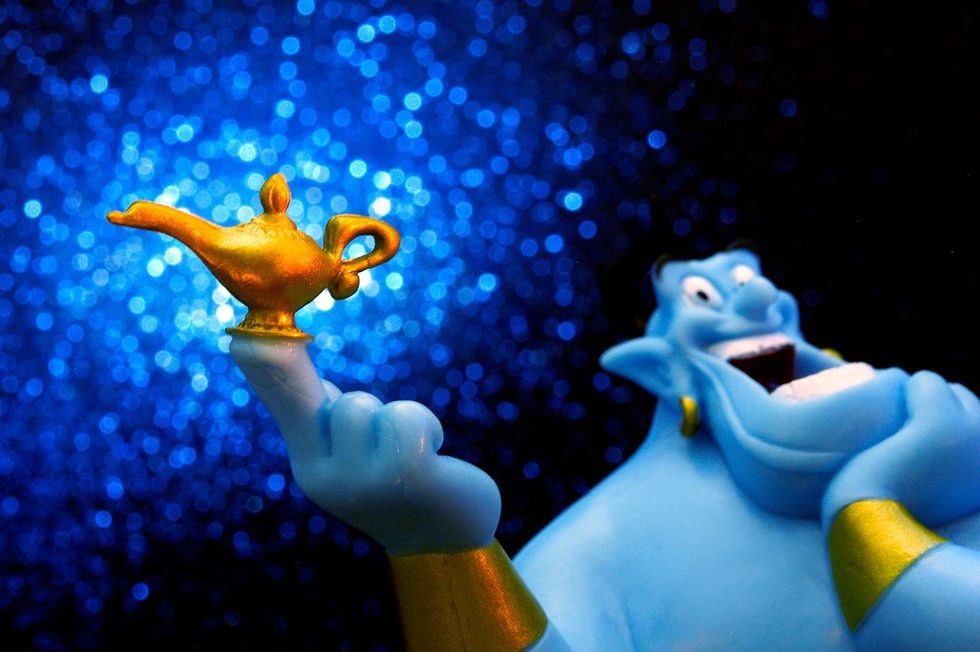 itty-bitty living space." | The Genie shows Aladdin how… | Flickr
itty-bitty living space." | The Genie shows Aladdin how… | Flickr shallow focus photography of dog and catPhoto by
shallow focus photography of dog and catPhoto by  yellow Volkswagen van on roadPhoto by
yellow Volkswagen van on roadPhoto by 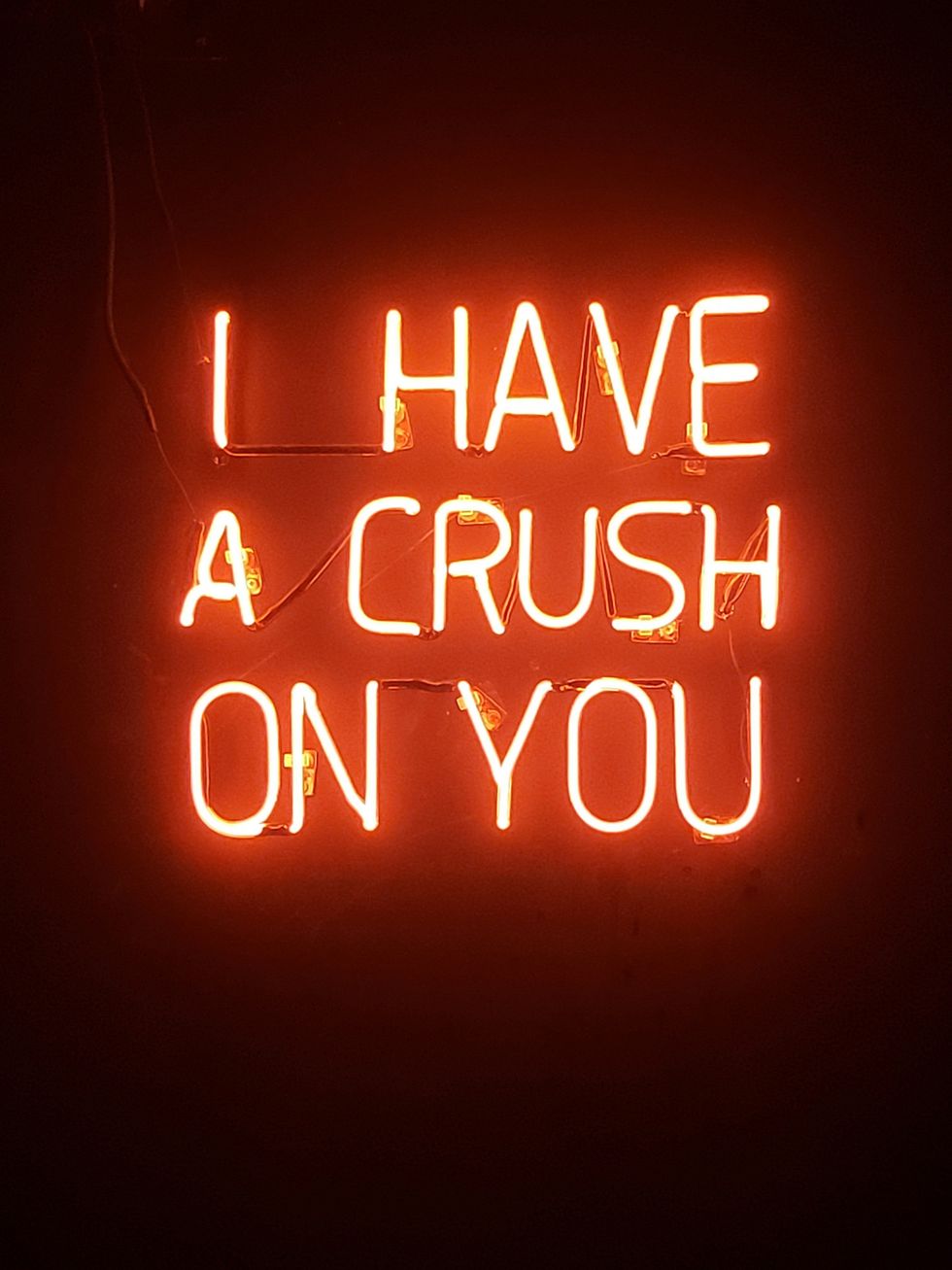 orange i have a crush on you neon light signagePhoto by
orange i have a crush on you neon light signagePhoto by 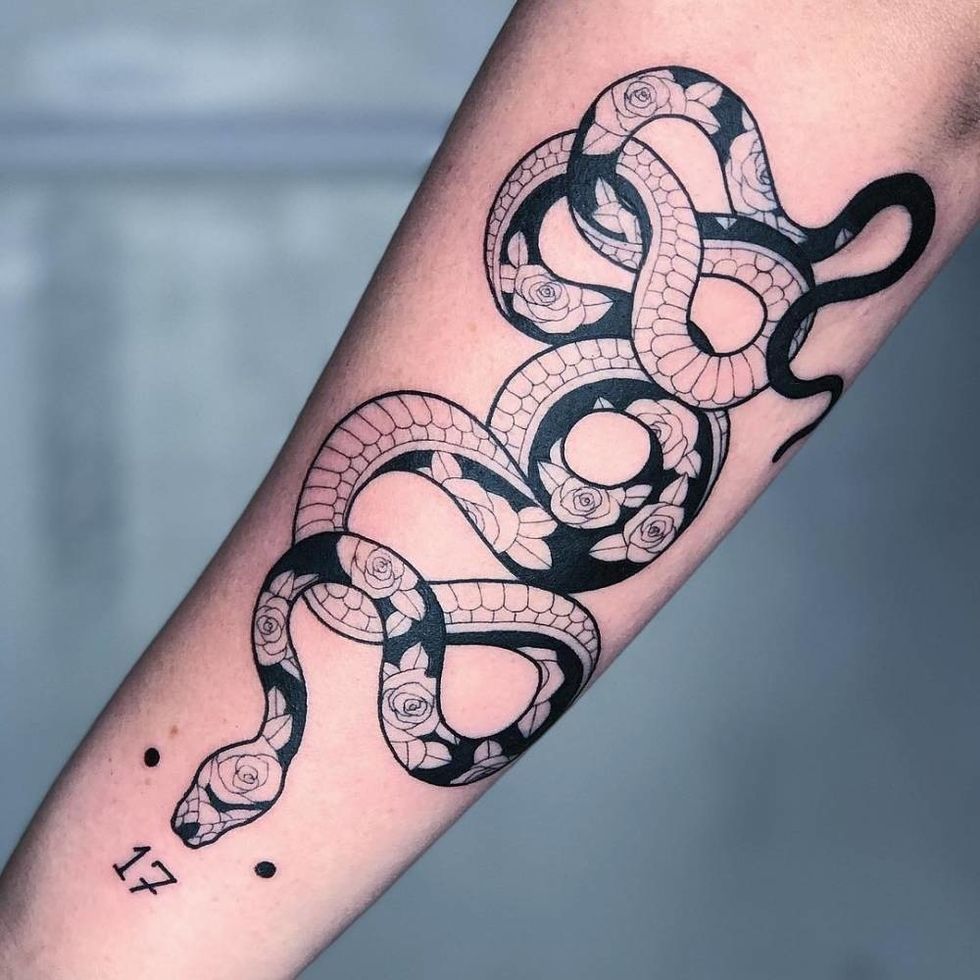 5 Tattoos Artist That Will Make You Want A Tattoo
5 Tattoos Artist That Will Make You Want A Tattoo woman biting pencil while sitting on chair in front of computer during daytimePhoto by
woman biting pencil while sitting on chair in front of computer during daytimePhoto by 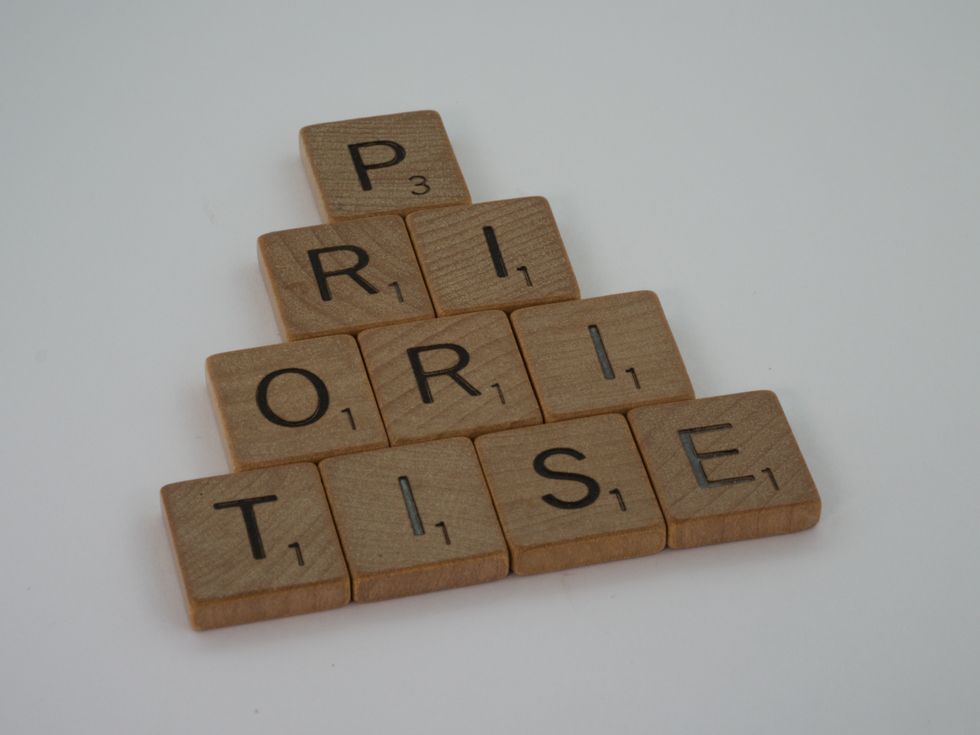 a scrabbled wooden block spelling the word prizePhoto by
a scrabbled wooden block spelling the word prizePhoto by 
 StableDiffusion
StableDiffusion
 StableDiffusion
StableDiffusion
 StableDiffusion
StableDiffusion

 women sitting on rock near body of waterPhoto by
women sitting on rock near body of waterPhoto by 








